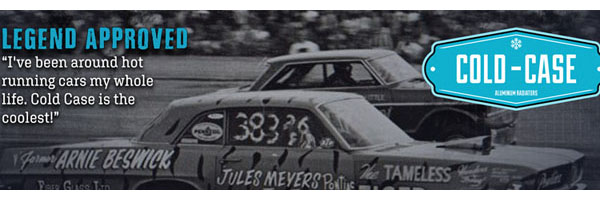Dennis,
I recommend definitely getting an electrician because you may not be clear about grounding, bonding and neutral requirements for the sub-panel ( transfer switch breakers) you want to install.
If you look on the wiring diagram specifically for your transfer switch, you will see that a ground wire must be connected from the breaker switch through a junction box( power inlet box) to the generator. This bonds the transfer switch to the generator. Also note that ( on page 14) " When used in this application, a grounding electrode may be required by the local code to be connected to the generator."
A grounding electrode ( if required by local code) prevents the possibility of a ground potential between two ground paths.
Be safe and have an electrician pull a permit and wire the unit. Then,if anything goes wrong with the components, your homeowners insurance cannot deny coverage of any possible claim.
Quote:
Originally Posted by Dennis H.

Thanks for all the input, I really appreciate it. After seeing the responses to the grounding issue, I am thinking I might need to add a separate ground and neutral bar to my existing main box, and use it to wire the neutral and grounds from the transfer switch. But I might also contact an electrician, and get a feel for what they might have to offer on the best approach to go. I don't mind doing basic electrical repairs, but I do also need to make sure what I end up doing will be within code, as we hope to in the next few years to put our house on the market, and I do not want any inspection surprises at sale time.
|






 1965 Pontiac LeMans. M21, 3.73 in a 12 bolt, Kauffman 461.
1965 Pontiac LeMans. M21, 3.73 in a 12 bolt, Kauffman 461.



 Linear Mode
Linear Mode



